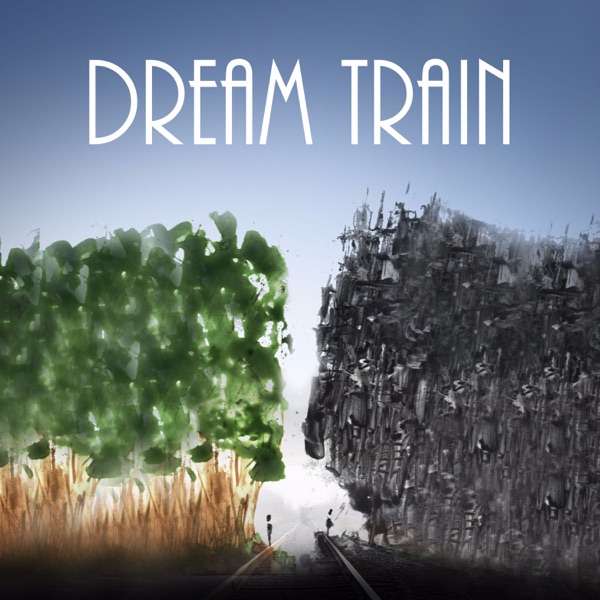There are many different beliefs about why children hit, and based on those beliefs, what the most helpful response to a hitting child is.
Old religious paradigms believed that children were innately evil or bad and needed to be shamed and punished into being 'good'.
Behaviourism believed that children needed to be taught through punishments, or removal of rewards, to teach children to stop hitting.
Cognitive paradigms believed that children need to be taught that hitting hurts, in order to stop hitting.
Medical models might believe that there is something wrong with a child physiologically.
Some physiological maps believe that a hitting child has an immature nervous system and that they need to be taught to be calmed down.
In Aware Parenting, a hitting child is in fight or flight, or hyperarousal.
By definition, they don't experience being safe.
There are three reasons for this:
1 ~ They aren't safe;
2 ~ The present situation is reminding them of a past trauma that they haven't yet healed from, so when they revisit that, they go into fight or flight.
3 ~ They have accumulated unexpressed painful feelings sitting in their bodies which their system interprets as a sign of not being safe, so they move into hyperarousal.
The older models, with their shame, punishment, information, or calming methods, do not address the cause of the hitting, and are likely to either add more painful feelings to a child's system, and thus more fighting, or flight.
Or, the child may stop hitting, but that's because they've gone into freeze, or dissociation.
All the painful feelings are still sitting in their bodies.
They're not feeling truly relaxed and connected to their innate nonviolence; instead, they are bypassing the feelings that are there.
With Aware Parenting, our role is to help the child actually know that they are safe now.
If we punish, or shame, even with an "it's not okay to hit", that won't lead to safety.
If we get harsh, or disconnect, that doesn't help them experience being safe.
However, when we move in close in particular ways and offer either loving limits or attachment play, we can support our child to know in their body that they are safe now.
When they experience being safe, they no longer need to be in fight or flight, and will stop hitting.
Then they can continue the innate physiological process of completion of the stress and trauma process, which includes releasing the feelings through either crying and raging with our loving support (if we've offered a loving limit), or laughter and play with our loving support (if we've offered attachment play).
In addition, they are releasing the tension mobilised for fight or flight, which includes vigorous movement - such as the vigorous movement or a tantrum, or of a power-reversal pillow fight.
They are also experiencing a sense of successfully completing the process, by being powerful this time, which helps change memories of danger and powerlessness into those of safety and power.
This active process is different to the calming down that other approaches advocate for, which tend to lead to dissociation instead of true relaxation and resolution.
When a child moves through this whole process, they emerge out the other side, naturally relaxed and nonviolent.
We didn't need to shame them, punish them, teach them, or calm them.
They innately know how to become truly relaxed.
They just needed us to know how to support them to do that, and to not prevent the process from happening!
If you want my free PDF to learn more about this, you can find it here:
https://marion-rose.myflodesk.com/help-my-child-stop-hitting-free-pdf
You can find out more about my work at www.marionrose.net and my books at: https://marionrose.net/books/
You can also find me here:
https://www.instagram.com/theawareparentingpodcast/
https://www.instagram.com/_marion_rose_/
https://www.instagram.com/awareparenting/
www.facebook.com/MarionRosePhD

 Our TOPPODCAST Picks
Our TOPPODCAST Picks  Stay Connected
Stay Connected






